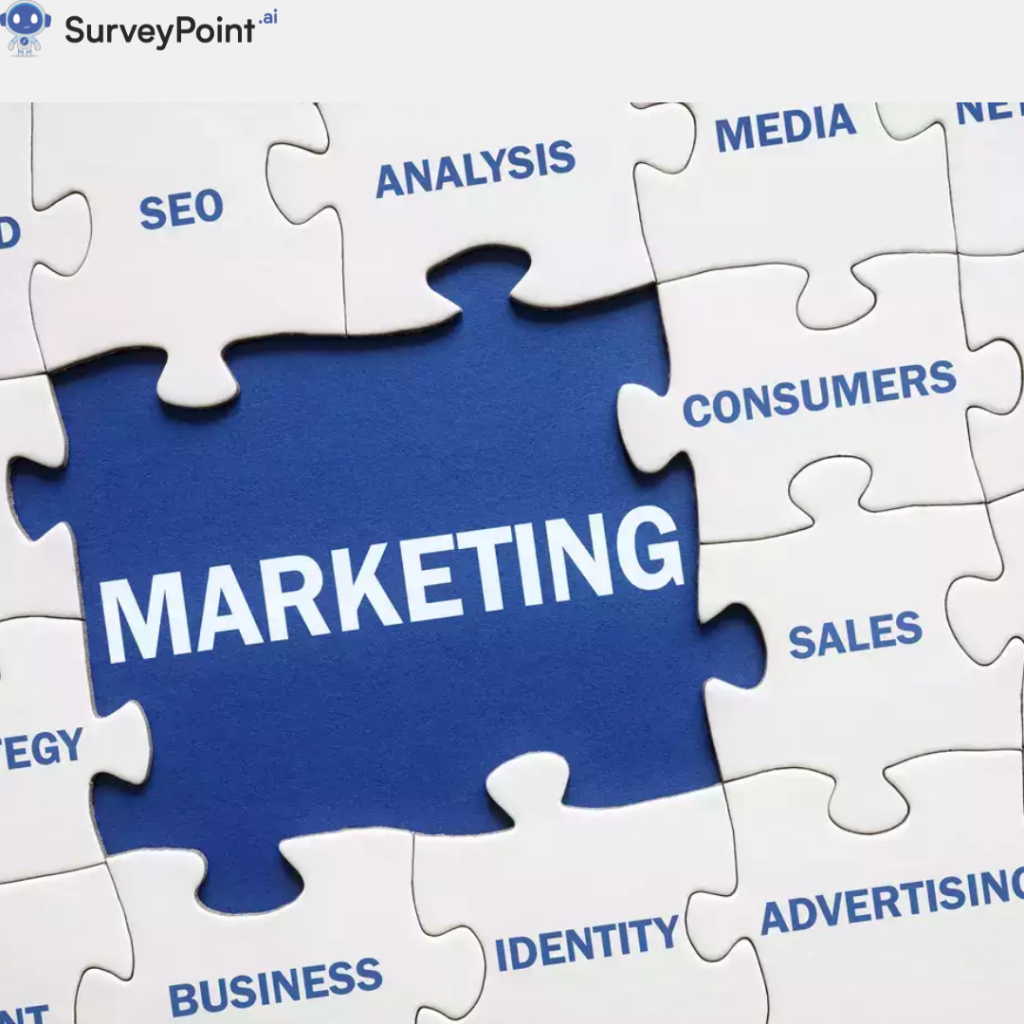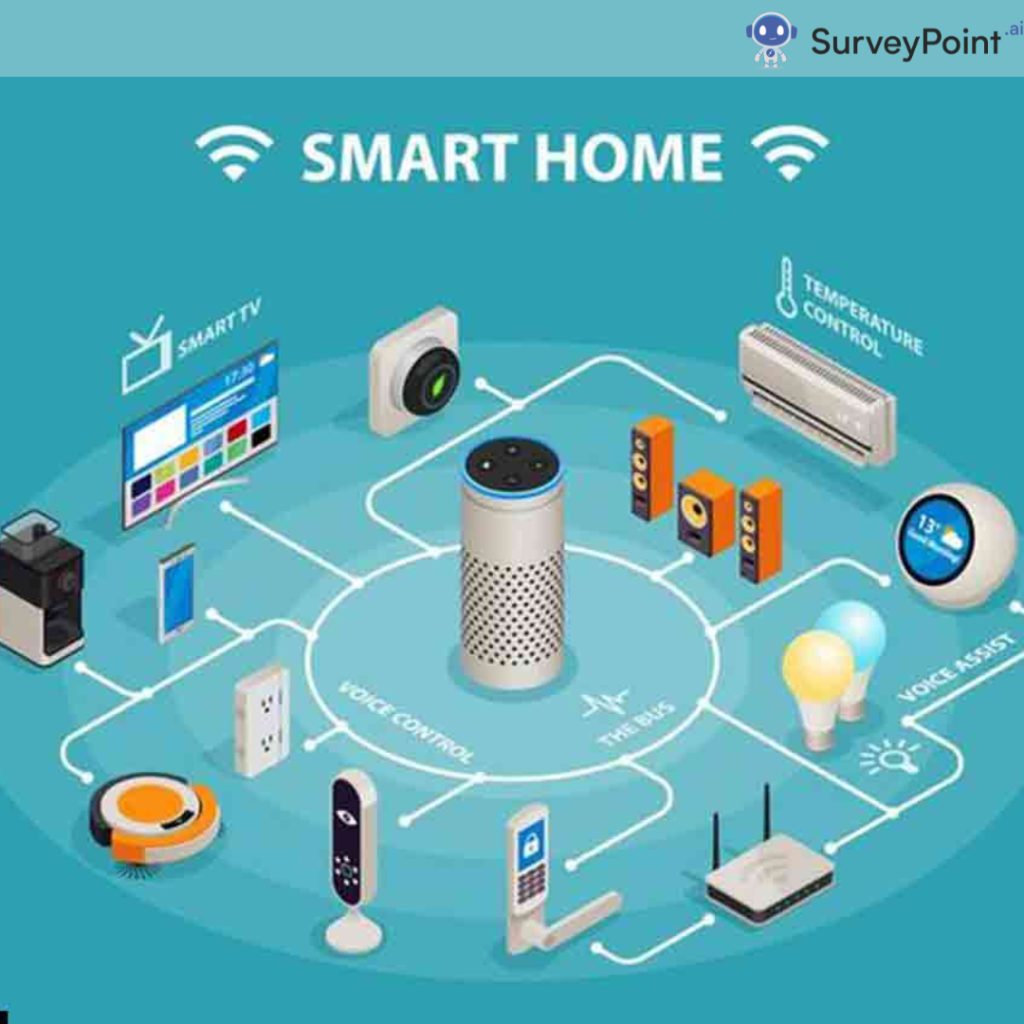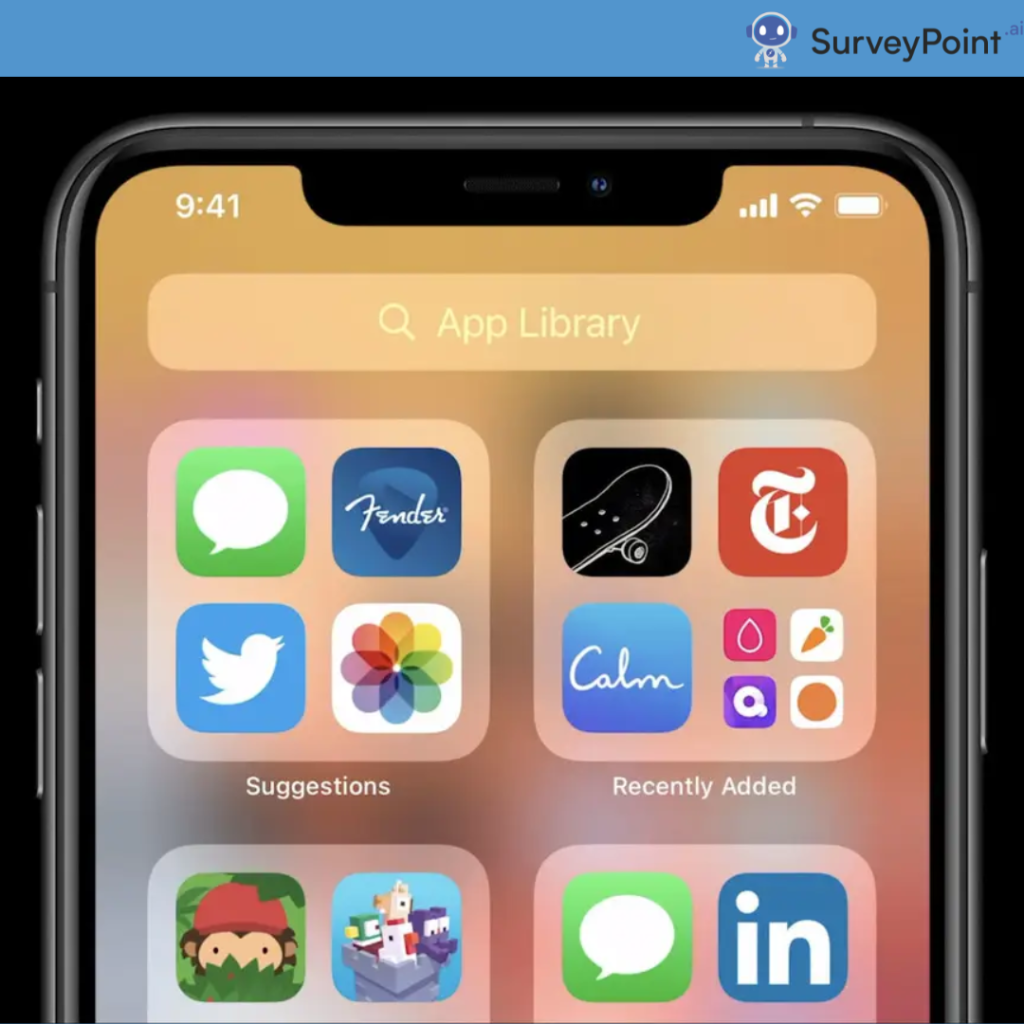
Are you a corporator? If yes, you may know how the deals made for business or even workplace upgradation feel different from the deals you make while going out shopping for yourself. The fundamental difference is like the two sides of commerce.
But if you are still getting familiar with the corporate world, we will walk you through the different sides of B2B and B2C marketing. When a business makes a purchase, this is a B2B thing. When an individual is on the other side of the deal counter, the commerce is B2C.
The approach of marketing, client management, preferences, and even branding differs in the two cases. But there are similarities too. Let us explore and find out how different and similar these marketing practices are from each other.
Understanding the Terminologies: What are B2B and B2C in Commerce?
B2B stands for business to business, where the customer that purchases a product is also a business. For example, a software company sells software to other businesses, or a stationary or furniture company deals with another organization. Such deals fall into the B2B domain.
Whereas B2C stands for business to customer, it is the regular model where the customer is an individual. For example, when you buy a laptop or take a subscription for your personal use or buy a gift for your loved ones, that is B2C commerce.
Of course, the marketing approach in both these cases is different from each other. Let’s break them up and compare B2B and B2C marketing on various fronts:
How different are B2B and B2C Marketing from each other: The Comparison
There are a few scales on which you can graph the comparison; let’s discover:
- The Target Consumer
The distribution of their target markets and the methods used to reach them represent the main distinction between B2B and B2C marketing. B2B businesses focus on a niche to find their potential consumers. For example, a tech company that designs valuable software for the healthcare industry will get its customers in the healthcare sector, like hospitals, medical institutes, etc.
On the other hand, B2C businesses have wide consumer distribution. They use a sales-funnel approach and lead their prospects to the deal table through several efforts. At first, they create awareness regarding their product.
Then when people get interested in their product, they decide whether or not to purchase the product based on their finances and the product compatibility, and then a deal is made. In such cases, the consumers are individuals and can be from several categories.
For example, if a footwear brand has launched an athleisure footwear line, its target consumers can be athletes, fitness enthusiasts, or someone wishing to wear comfortable shoes.
The awareness leads to interest, and you can purchase a few steps of research and decision-making. The business must stay visible to the prospects and present themselves per consumers’ demographics and behavioral segmentation.
- Decision-Making Process
The B2B and B2C marketing also differs on the purchase decision-making front. The B2B purchase decision is taken with the combined consent of stakeholders like executives, managers, projects, and others. This step makes it an elongated process. The B2B buyers make logical and rational decisions for making a purchase.
The decision-making process of B2C buyers is relatively short. Here it is based on emotions, impulses, and short-term goals.
For example, when a company buys software, the factors that you can consider first include the relevance, longevity in context, further extension and updation costs and procedures, etc., whereas, when a B2C consumer buys a commodity, the thoughts majorly arise match ability, sustainability, happiness, trends, etc.
- Content, Messaging, and Customer Engagement
Effective communication is pivotal in both B2B and B2C marketing. How businesses approach buyers in the two contexts is different. As B2B buyers make logical and data-driven decisions, the content they should deliver should be more informative, data-driven, and logically convincing. Email marketing, personalized communication, informative webinars, and case studies are best-suited messaging and engagement channels for B2B domains.
In this domain, buyers expect sellers to use relevant terminology and be able to answer complex sets of questions related to the product. While in the case of B2C buyers, the content delivered should be entertaining, engaging and speak their voice. Beauty brands’ emotional and equality-based ads showing equal homage to all skin colors are the best examples of an ideal B2C ad. Here, consumers buy things primarily for happiness, which is why personalized offers are more entertaining.
You might have noticed we have talked of personalization in both contexts because personalization has become the latest demand of business buyers. A survey of more than 6700 different buyers claims almost 72% of B2B buyers expect personalized deals from businesses these days. And B2B firms are responding, as 69% of B2B buyers believe they are providing B2C-like experiences lately.
- Buyer Seller Relationship
The take of B2B and B2C marketing on relationship development is also different. B2B organizations tend to make solid, long-term relationships with buyers as the transactions are usually long-term, repeated/ upgraded.
They deliver more personalized customer service and promote open-line communication for feedback and queries. Hence, it fosters stronger individual relationships with its consumers.
Although B2C enterprises focus on brand loyalty and better user experience, the relationships are less in-person than in the B2B domain due to the expanded customer base and relatively short-termed engagements. So, here branding is more stressed. But, of course, personalized offers and marketing are also emphasized to a great extent.
The buyer-seller relationship is equally important in both approaches. The size of the customer dispersion is what accounts for the discrepancy. Although B2C sellers have yet to miss chances for personalized customer interaction, this is more prominent in B2B marketing.
- Performance Analysis
The key performance indicators (KPIs) for B2B and B2C enterprises differ. The B2B setups emphasize long-term and stronger customer relationships. The important indices for these setups are customer lifetime value, return on investment (ROI), consumer retention, lead generation, and conversion rates.
The goals of B2C enterprises are more transactional. Hence the KPIs are more number and crowd oriented. Examples are website traffic, click-through rates, social media engagement, brand awareness, and loyalty.
Conclusion
The distinct natures of B2B and B2C marketing require different approaches for optimal success. However, the ultimate goal of both systems is consumer satisfaction and organizational growth. Both domains reflect consumer interaction in various forms.
B2B setups involve more logical, data-driven, and future-centered decisions, while B2C reflects decisions that are more emotional and short-term goals.




